Potřebujeme váš souhlas k využití jednotlivých dat, aby se vám mimo jiné mohly ukazovat informace týkající se vašich zájmů. Souhlas udělíte kliknutím na tlačítko „OK“.
ASTM F1438-93(2012)
Standard Test Method for Determination of Surface Roughness by Scanning Tunneling Microscopy for Gas Distribution System Components
Automaticky přeložený název:
Standardní zkušební metoda pro stanovení drsnosti povrchu skenováním tunelové mikroskopie pro plynové distribuční soustavy, komponenty
NORMA vydána dne 1.7.2012
Informace o normě:
Označení normy: ASTM F1438-93(2012)
Poznámka: NEPLATNÁ
Datum vydání normy: 1.7.2012
Kód zboží: NS-50291
Počet stran: 10
Přibližná hmotnost: 30 g (0.07 liber)
Země: Americká technická norma
Kategorie: Technické normy ASTM
Kategorie - podobné normy:
Anotace textu normy ASTM F1438-93(2012) :
Keywords:
average roughness, clean room, components, microscope, profile, roughness, scanning, stainless steel, surface, texture, topography, tunneling, ICS Number Code 17.040.20 (Properties of surfaces)
Doplňující informace
| Significance and Use | ||||
|
5.1 The use of STM images and data is for purposes of textural quality assessment and calculation of figures of merit, and for high purity gas system clean room components. 5.2 This test method defines a standard data presentation format and suggests figures of merit that utilize STM's ability to analyze three-dimensional surface features. |
||||
| 1. Scope | ||||
|
1.1 The purpose of this test method is to define a method for analyzing the surface texture of the above-mentioned components using a scanning tunneling microscope (STM). STM is a noncontact method of surface profiling that can measure three-dimensional surface features in the nanometer size range, which can then be used to represent the surface texture or to provide figures of merit. Application of this test method, where surface texture is used as a selection criterion, is expected to yield comparable data among different components tested. 1.2 Limitations: 1.2.1 This test method is limited to characterization of stainless steel surfaces that are smoother than 1.2.2 Intentional etching or conductive coating of the surface are considered modifications of the gas-wetted surface and are not covered by this test method. 1.2.3 This test method does not cover steels that have an oxide layer too thick to permit tunneling under the test conditions outlined in 11.3. 1.3 This technique is written with the assumption that the STM operator understands the use of the instrument, its governing principles, and any artifacts that can arise. Discussion of these points is beyond the scope of this test method. 1.4 The values stated in SI units are to be regarded as the standard. 1.5 This standard does not purport to address all of the safety concerns, if any, associated with its use. It is the responsibility of the user of this standard to establish appropriate safety and health practices and determine the applicability of regulatory limitations prior to use. |
||||
| 2. Referenced Documents | ||||
|
Podobné normy:
Historická
1.5.2014
Historická
1.10.2011
Historická
1.5.2014
Historická
1.5.2014
Historická
1.5.2014
Historická
1.11.2010
Odebírejte informace o nově vydaných normách ZDARMA:
Chcete pravidelně odebírat informace o nově vycházejících normách z celého světa a to zcela zdarma?
Přihlašte se k odběru. Vše je velice jednoduché a absolutně ZDARMA.
Na výběr máte vydavatele z celého světa.


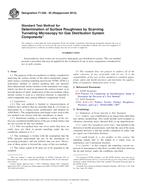
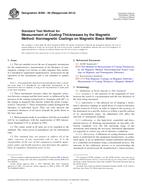 ASTM B499-09(2014)..
ASTM B499-09(2014)..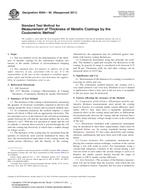 ASTM B504-90(2011)..
ASTM B504-90(2011)..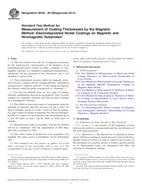 ASTM B530-09(2014)..
ASTM B530-09(2014)..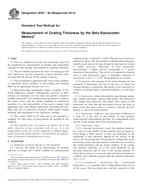 ASTM B567-98(2014)..
ASTM B567-98(2014)..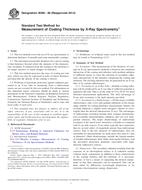 ASTM B568-98(2014)..
ASTM B568-98(2014).. ASTM B588-88(2010)..
ASTM B588-88(2010)..
 Cookies
Cookies
